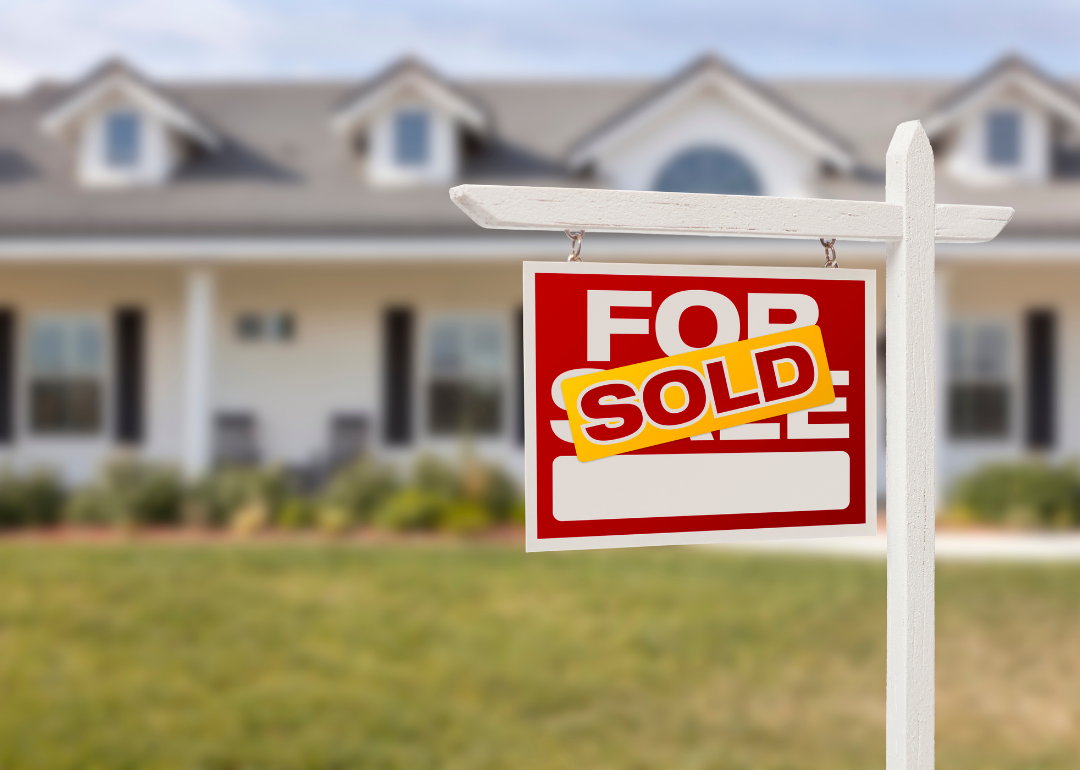
35% of people worked from home during the COVID-19 pandemic—here's what it means for real estate
This story originally appeared on ZeroDown and was produced and distributed in partnership with Stacker Studio.
35% of people worked from home during the COVID-19 pandemic—here’s what it means for real estate
By June 2021, the number of employees who were working remotely fell to 14.4%, according to MarketWatch. That was the lowest percentage since the start of the COVID-19 pandemic, when offices around the country closed and millions of Americans started thinking about which wall in their house would make the best Zoom background. At its peak in the spring of 2020, more than one in three workers—a full 35%—were telecommuting. That seismic shift in corporate culture had an impact on much more than just the businesses that employed those workers. It also caused lasting changes in the real estate industry that are still being felt today.
ZeroDown curated a list of real estate trends that resulted from more people working remotely due to the pandemic, using data from business news reports, property management firms, and real estate experts.
These trends span the entire industry and the entire country. Some were short-lived changes and some have still yet to fully play out. All, however, continue to have an impact on investors, employees, and business owners alike. Keep reading to learn how millions of workers leaving the office impacted the world of real estate in local neighborhoods, cities, regions, and the entire United States.

25% of people moved during the pandemic
On Oct. 30, 2020, Upwork released a study that was shocking even to many real estate experts who had expected upheaval. The study revealed that between 14 million and 23 million people would relocate during the pandemic simply because remote work gave them the opportunity to do so. When added to the tally of those who would have moved anyway, near-term migration was three to four times that of a normal year.
Out of the people who moved during the COVID-19 pandemic, 28% said it was due to working from home, according to data analysis by HireAHelper of more than 75,000 moves booked with the company and its partners in 2020. The Upwork study revealed that the largest percentage of the exodus came from newly liberated teleworkers fleeing big cities in search of less expensive housing. That dynamic pumped people and money into many of America’s smaller, cheaper cities—and they were more than happy to accept remote professionals from global hubs like New York City and San Francisco.

Rural and remote towns received unexpected growth
Many who fled America’s biggest cities moved to the suburbs in the same metro areas while others sought greener pastures in 18-hour cities like Charlotte and Raleigh, North Carolina; Austin, Texas; and Denver, Colorado. Others, however, went beyond the exurbs and even beyond the suburbs to rediscover small-town rural America.
According to Forbes, tiny enclaves of a few hundred people like Winhall, Vermont, and slightly larger outposts like Truckee, California, were flooded with city people in search of open space, community, and the simple life. That crush of demand, however, sent prices up, and some corners of small-town America began to experience what had long been a city problem—being priced out of their own neighborhoods through gentrification.

‘Zoom towns’ have also gained popularity
As urbanites fled pricey neighborhoods in hip zip codes, they brought their high-income tech jobs and cash with them to small-town America. The result was the rise of what NPR called “Zoom towns”—towns where high-earning urban expats settled en masse now that they could do their jobs from anywhere.
They tended to be luxurious vacation hotspots like Aspen, Colorado; Cape Cod, Massachusetts; and the Hamptons in New York—places that not just any telecommuting job could take you. It was yet another example of economic disparity revealed by the pandemic. While a fortunate few traded expensive cities for mountain homes, millions of unemployed Americans clung to government support while competing for cramped rentals that were becoming harder and harder to find.

Urban areas with historically low home prices rebounded
While real estate prices continued to rise in rural enclaves, in the suburbs, and on the expensive exurb fringes of the big cities, the only places where prices dropped seemed to be in the big cities themselves. In fact, some of the most affluent zip codes in some of the priciest urban centers hit historic lows—briefly.
Low prices were fleeting, in part, because renters who had always been priced out of buying in the city now saw an opportunity for ownership and took their chances before the window closed, according to Forbes. In other cases, urbanites simply returned to their cities after short stints in the burbs or the country didn’t pan out as planned.
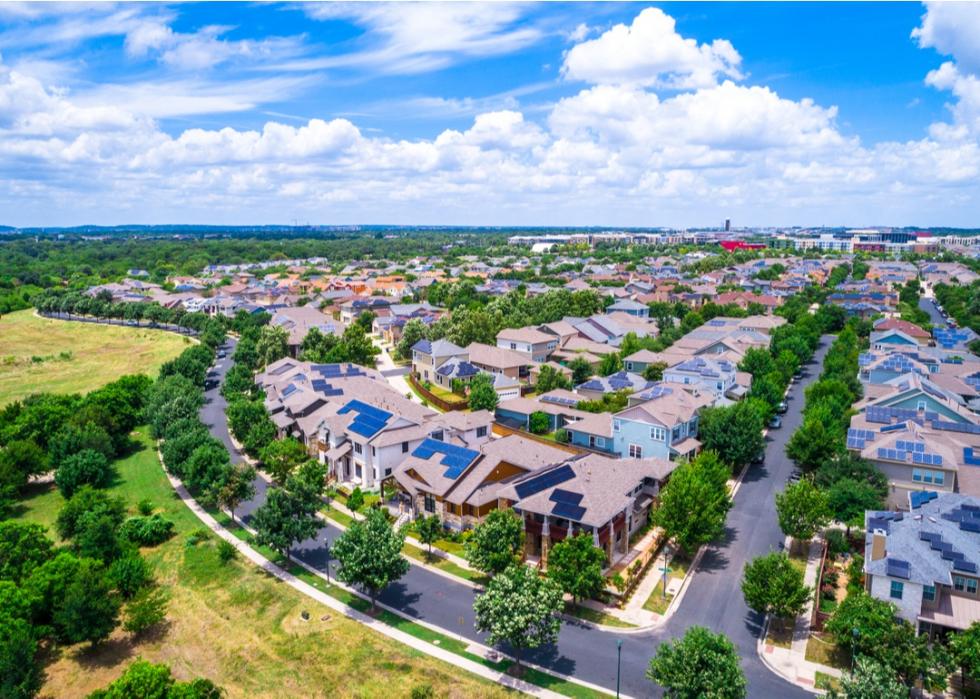
Fastest-growing cities are located in Sun Belt states
When people are unchained from their offices and free to move where they please, it turns out that the weather has a lot to do with where they go. According to data from the U.S. Census Bureau, 10 of the 15 fastest-growing large cities are in the South and Southwest. While small-town populations in the Northeast and Midwest declined, small towns in the West and South have grown.
A WalletHub study revealed that the list of America’s top 30 fastest-growing cities is dominated by the South and Southwest. Florida, California, and especially Texas gobble up a hugely disproportionate number of spots on the list.
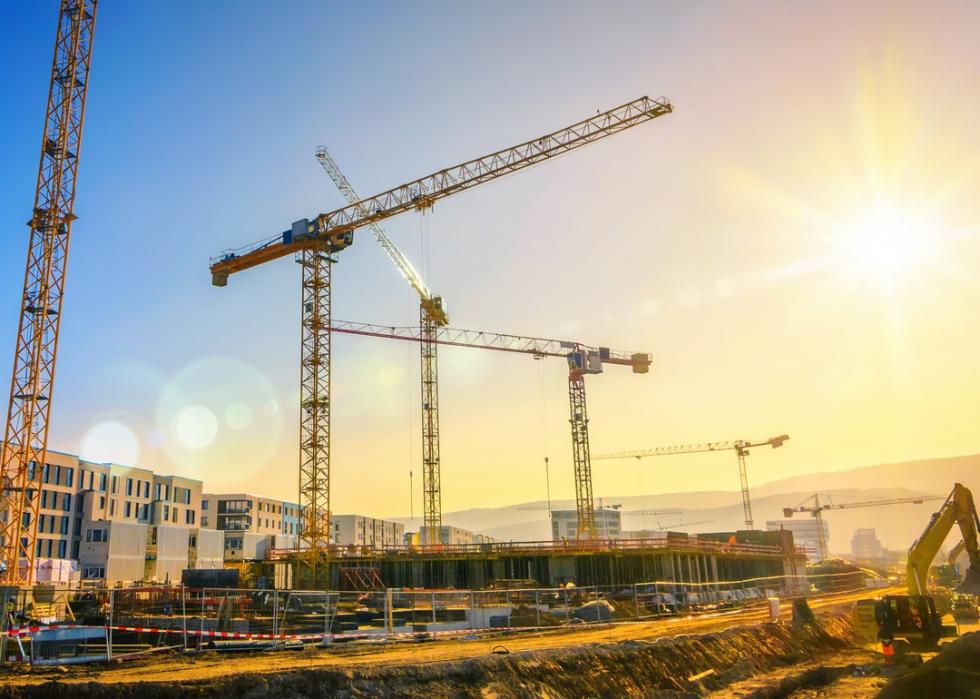
Investors are paying attention to gateway cities
So-called gateway cities get their name because they were at one time considered to be the gateway to the American dream, according to Mynd Management. In America’s manufacturing glory days, gateway cities were located on the outskirts of major hub cities and often contained much of the region’s infrastructure, jobs, and transportation.
Many gateway cities are now run down and littered with Class C and Class D properties—those that are less desirable, older, and in greater need of repair. But investors are beginning to view them as up-and-coming neighborhoods with opportunities for ground-floor access that could be an easy lure for remote workers looking for value properties in value cities. Not surprisingly, the gateway cities primed for the most growth are all in the South, according to GlobeSt.
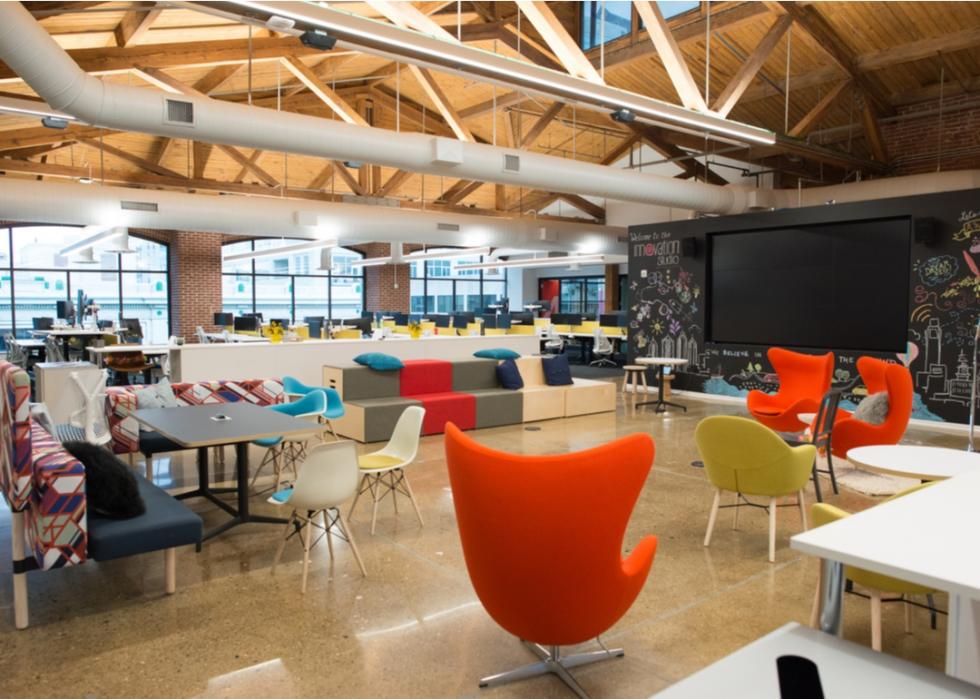
Having a home office or coworking space is becoming an important amenity
Shared-workspace innovators like The Farm, WeWork, and Workhouse took off as the world adjusted to remote work. Their business model of providing a clean, serene, and pleasing workspace for the work-from-anywhere crowd a subscription basis was perfect for the pandemic. According to the New York Times, it wasn’t long before residential developers borrowed a page from their playbook and began incorporating often-lavish shared workspaces as amenities in their apartment buildings.
Just like the hip and trendy spaces provided by the hip and trendy startups, these new residential building workspaces included features like computer bars and coffee stations. A follow-up article by the Times in June reported that more and more residential buildings were even incorporating professional amenities like conference rooms and private offices.
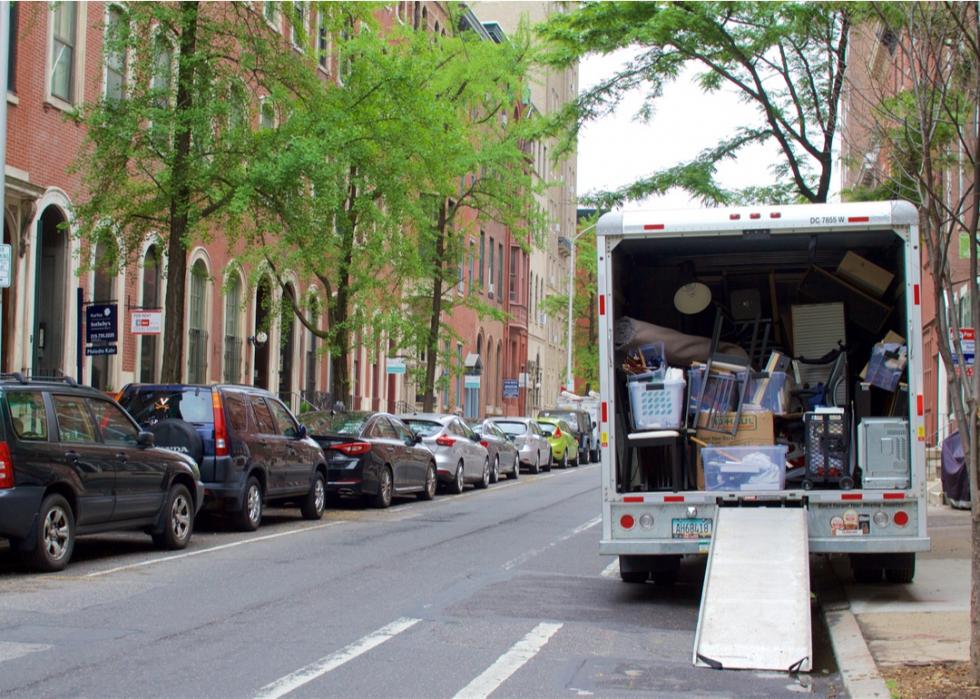
Remote workers are moving away from downtown areas
Historically, the closer a property was located to a city’s business center, the more expensive it was. When people worked in offices, after all, it was worth paying for close commutes. One trend that emerged in the wake of the transition to remote work, according to Forbes, was an intentional move away from urban downtown areas and a high cost of living.
Thanks to the location, location, location rule, downtown apartments tend to be smaller and cost more. Once the shackles of the physical office were broken, many workers who weren’t quite ready to leave their cities looked instead for bigger, cheaper pads farther out from the city’s center.



